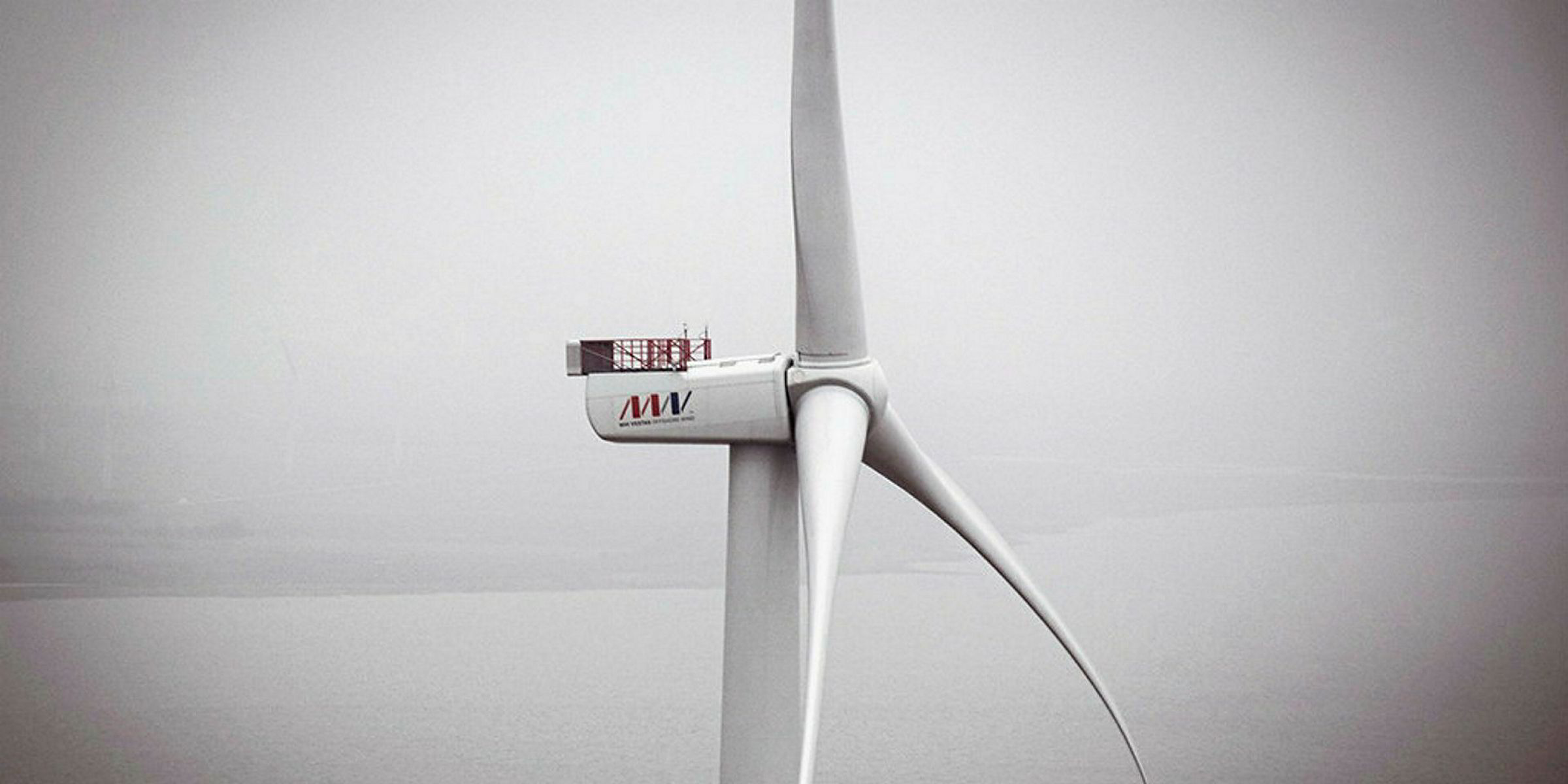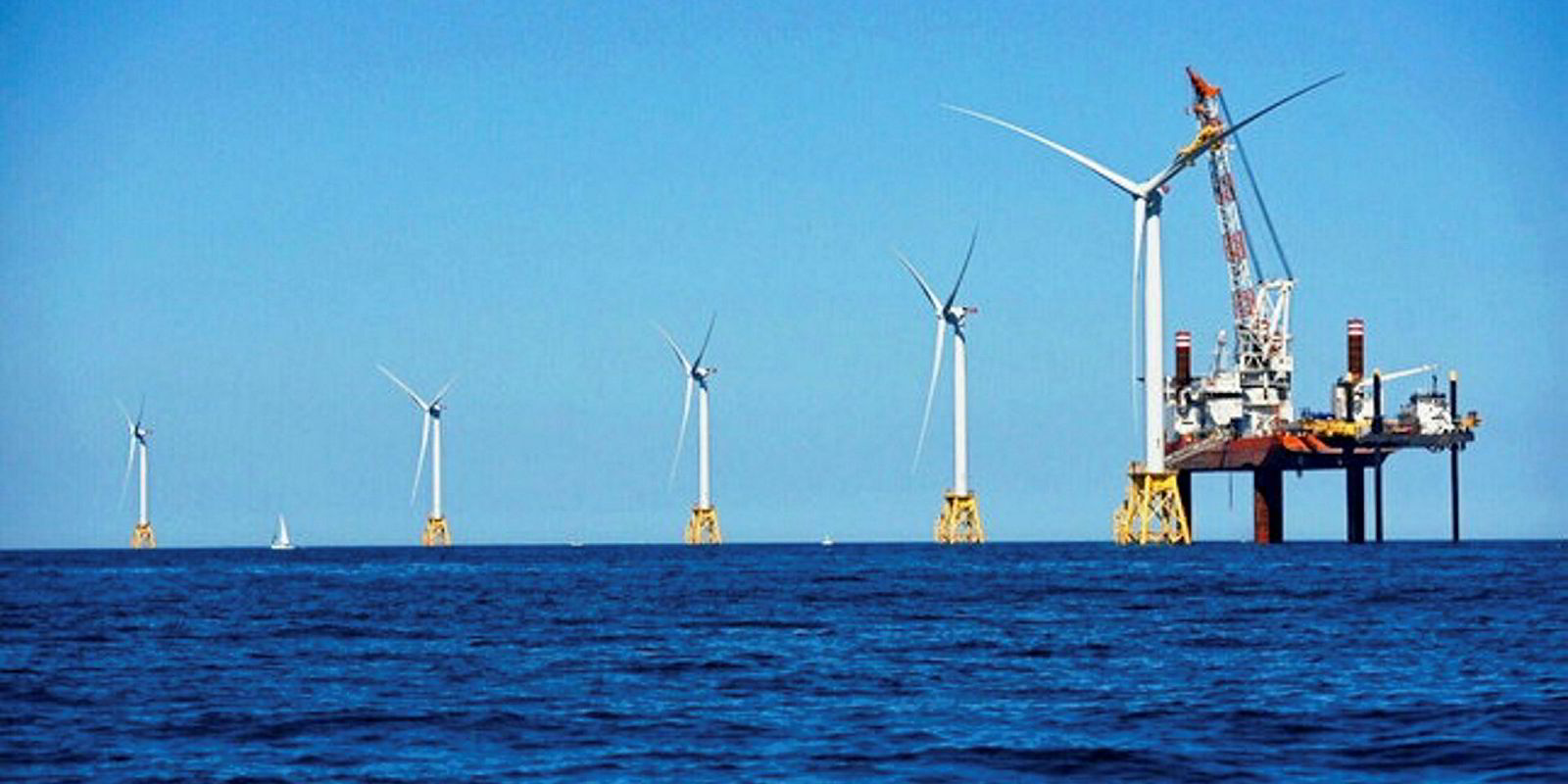As GE breaks cover with its plans to take offshore wind into double-digit turbine ratings with the 12MW Haliade-X, the spotlight will inevitably fall on its two main rivals in the sector – market leader Siemens Gamesa and MHI Vestas.
Siemens Gamesa – and before it the pre-merger Siemens Wind Power – has a long-standing ‘1X’ development programme for a 10MW-plus model, but has released few specific details of its plans beyond its existing 8MW-enabled platform.
However, offshore CEO Andreas Nauen made it clear at Siemens Gamesa’s recent capital markets day in Madrid that the subject is still high on its agenda.
Nauen said: “If we sit here in a few years to come…we will see a new generation of turbines. We are convinced, by 2025, there will be a new generation. And we are already now working on the technology that is needed to get these turbines.”
Nauen told the audience in Madrid that the new turbines will “be much, much better and [have] much more energy output. We [are working] now on new blade designs.”
MHI Vestas – which currently holds the most-powerful-turbine crown with its 9.5MW V164 – has been tight-lipped over its future plans, and declined to comment on today's announcement.
But outgoing CEO Jens Tommerup in a recent interview with Recharge said he believes there are still question marks around a push into the 15MW range, which some in the industry believe is the inevitable direction of travel for future turbine development.
“I see the competition for the coming years still to be around more or less the existing turbines. There still needs to be investment in these turbines, and they have to be improved. I believe there’s a business case for that.
“The business case for a whole new generation of turbines needs to be viewed from an industry perspective – it's ships and marshalling harbours, it’s supply chains, it’s factories,” said Tommerup, speaking in a personal capacity rather than for MHI Vestas.
“Are we seeing new players jumping in with bigger platforms, bigger turbines? Let’s see how things develop, but I do believe that the success criteria for a new generation will include how it links into existing facilities, existing ships, existing yards.”
The fourth western player in the market – Senvion – was the first to openly declare its 10MW-plus ambitions, as Rechargereported as long ago as May last year.
In reaction to today’s GE Renewable Energy announcement, Senvion vice president for communication, Immo von Fallois, told Recharge: “We're on schedule with the concept of our new 10MW-plus turbine.”
There was also an early positive response to GE’s announcement from the most important quarter as far as OEMs are concerned – the developers that form their potential customer base.
Dirk Güsewell, senior vice president for generation and portfolio development at EnBW – one of the successful ‘zero-bidders’ in German offshore auctions whose plans are believed to depend heavily on mega-sized future turbines in the mid-2020s, was upbeat.
“EnBW welcomes this next technological step, both in regards to turbine size and rotor diameter. We expect further improvements in the efficiency of offshore wind energy and [energy production] from it, and assume that other suppliers will follow this example,” Güsewell told Recharge.
“In respect to our successful [zero subsidy] bid for [the 900MW offshore project] He Dreiht, we once more see a confirmation of the expectation for technological advancements that are the basis of our bid.”


